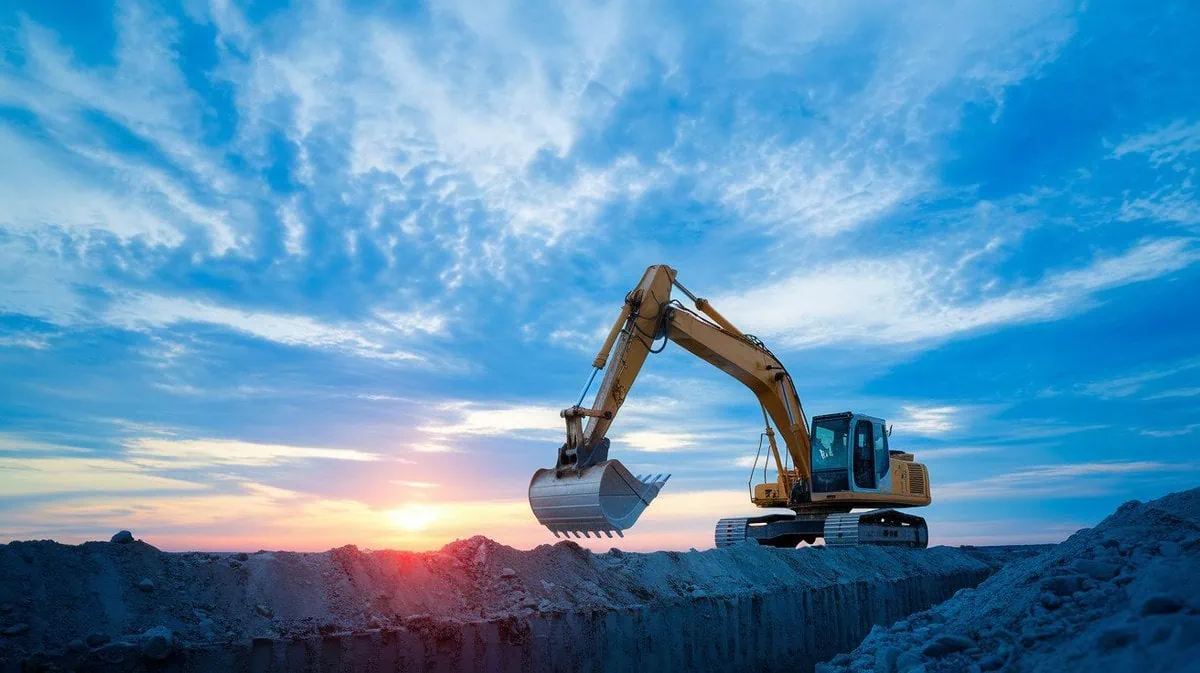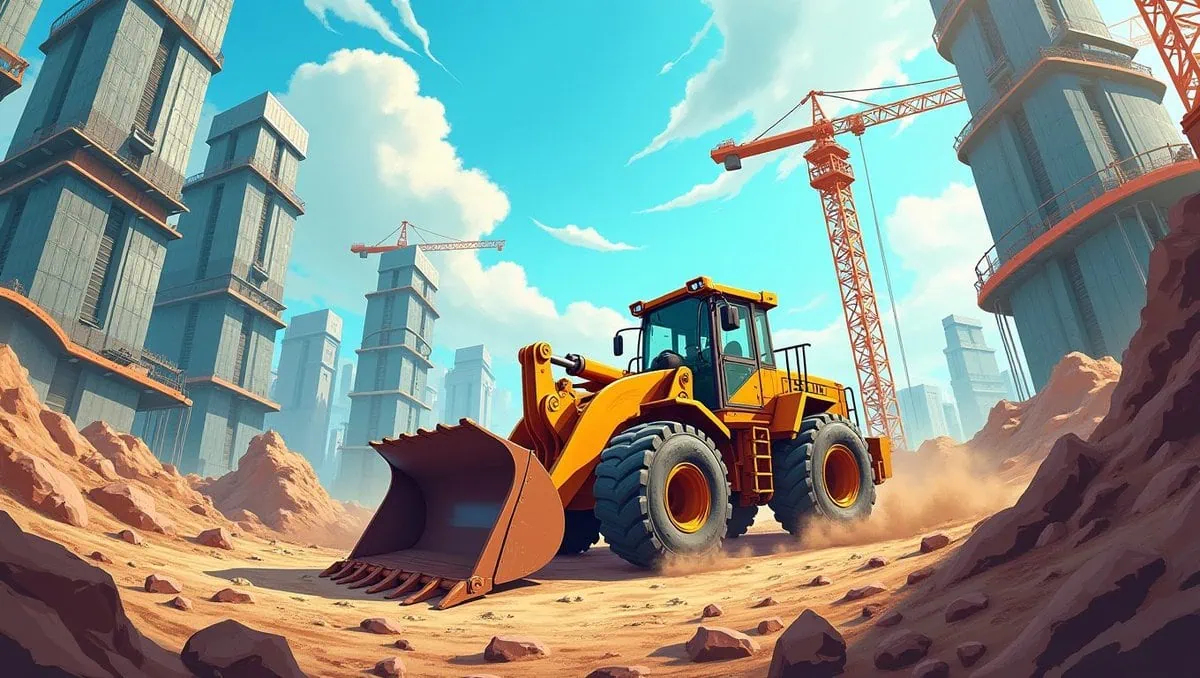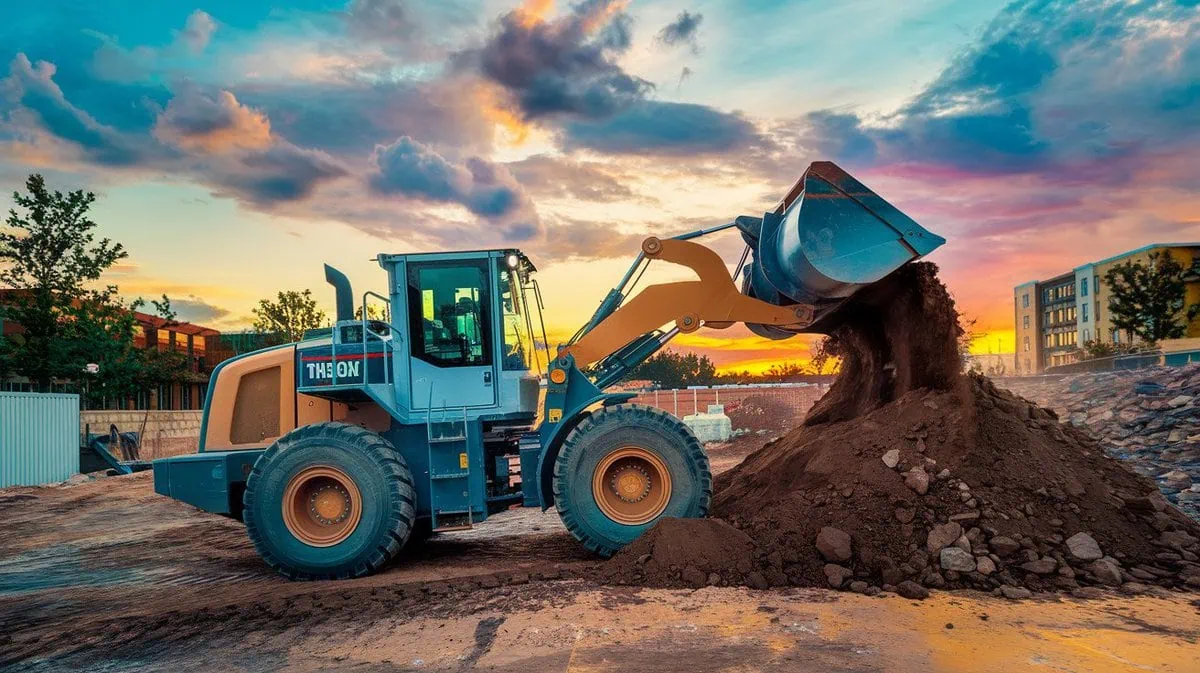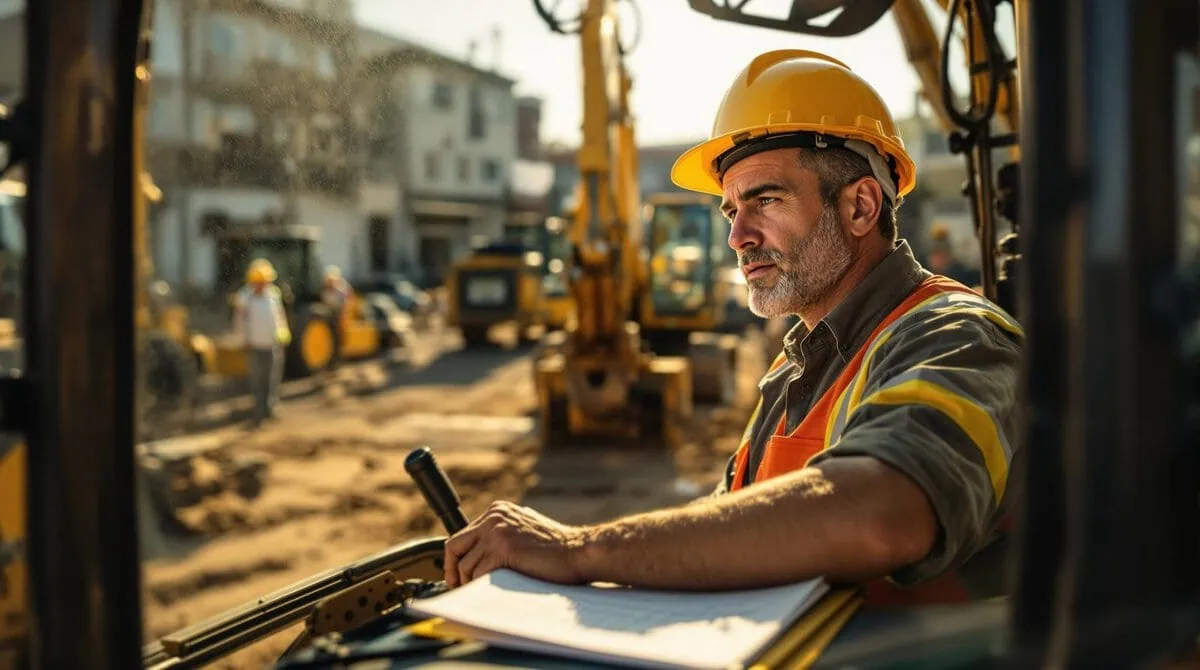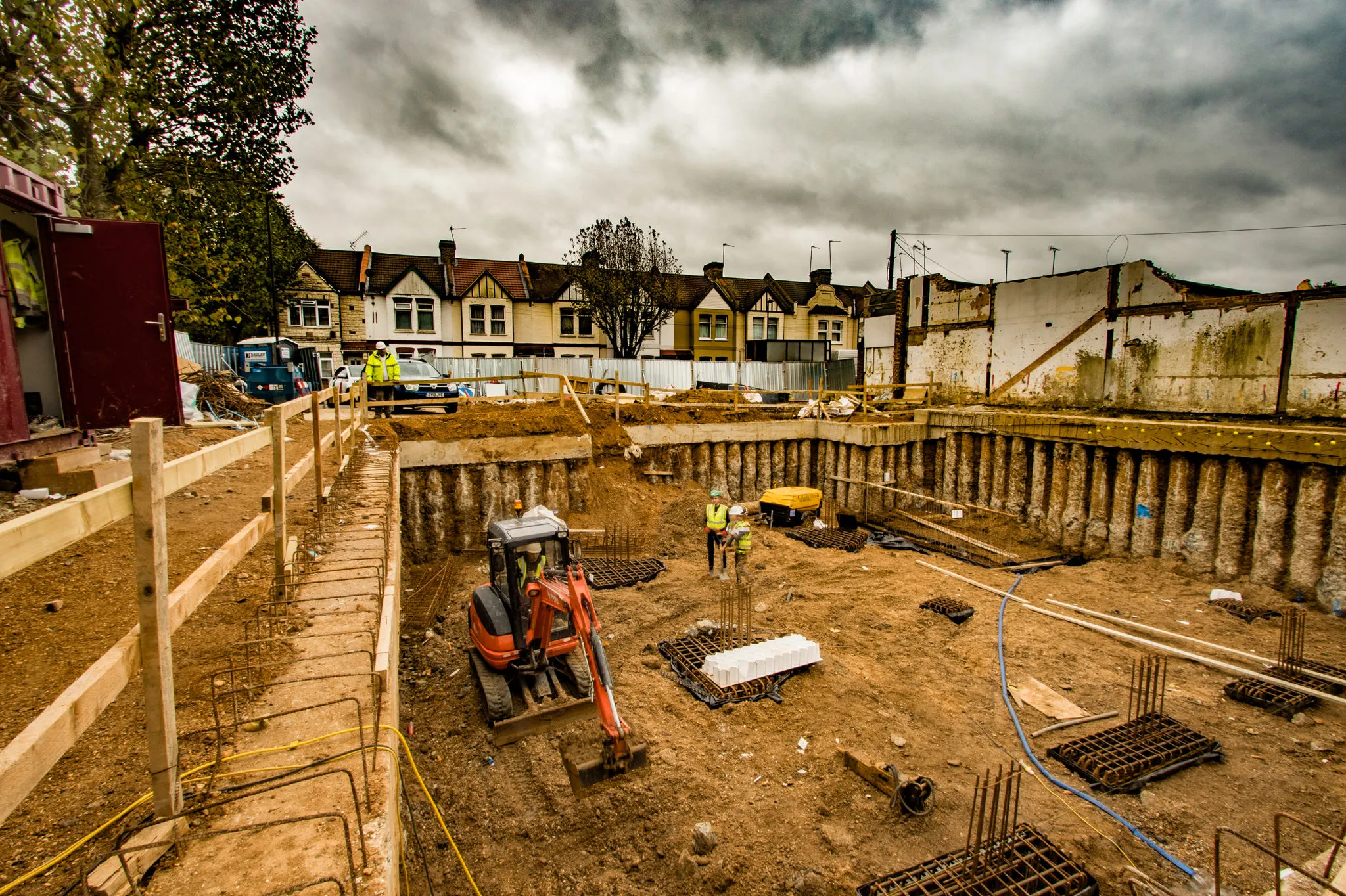Rock excavation is vital for construction, mining and infrastructure projects, involving the removal of hard rock using specialized methods and tools. Efficient and safe fouille rocheuse requires selecting the right technique, equipment and ensuring safety. This guide explores different fouille rocheuse methods, equipment and essential considerations for successful project execution. Understanding the fundamentals of fouille rocheuse helps tackle challenges and ensure project success, whether for tunnels, surface mining or resource extraction.
Rock excavationis the process of digging through rocks using mechanical, explosive or manual methods. It is commonly used in construction and mining projects. Understanding the different methods and equipment can ensure efficiency and safety.
Now, let’s take a deeper dive into the various fouille rocheusemethods and their applications.
1. What is Rock Excavation?
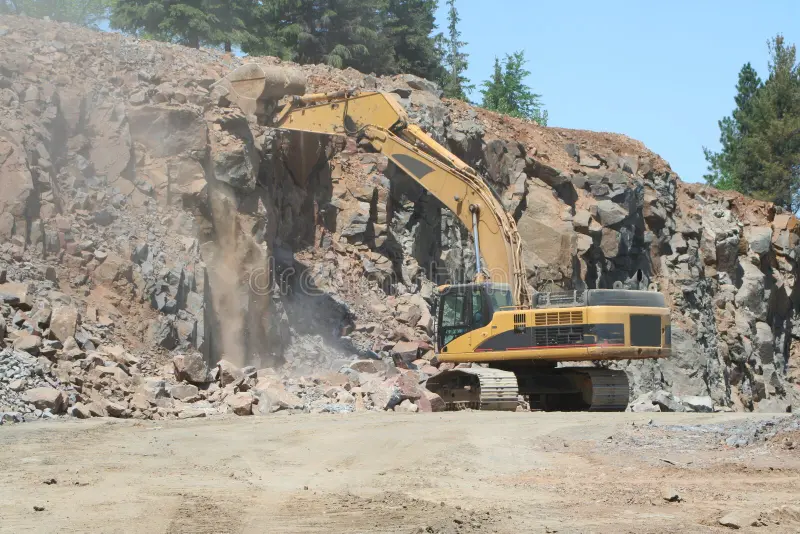
Rock excavationrefers to the process of removing rock from a site in a controlled manner to facilitate construction, mining or other resource extraction activities. Unlike simple soil excavation, fouille rocheuserequires advanced techniques and powerful machinery to break through the tough material. The goal of fouille rocheuseis not only to remove rock but also to do so in a way that supports the integrity of the surrounding environment, safety standards and project timelines.
The process begins with a careful site evaluation, understanding the composition of the rock layers and determining the most appropriate technique for removal. Whether it’s a minor landscaping project or a major infrastructure development, fouille rocheuseensures that the groundwork is solid and secure for whatever construction or mining activities are to follow.
Rock excavationinvolves breaking through hard rock to prepare a site for construction or mining. It typically requires specialized equipment and techniques, such as blasting or mechanical digging.
The process of fouille rocheusecan vary depending on the type of rock, project requirements and available technology. For instance, when dealing with softer materials like sandstone, mechanical excavators may suffice. However, harder rocks such as granite or basalt may require more advanced techniques, such as blasting or hydraulic breaking. The goal is to remove rock efficiently while minimizing safety risks and environmental impact.
Understanding the different types of fouille rocheuseis crucial for choosing the right method for your project. The hardness of the rock, along with its texture and formation, plays a significant role in determining the most suitable approach. Moreover, fouille rocheusetechniques may also vary depending on environmental concerns, project size and safety standards.
2. Rock Excavation Methods

There are several types of fouille rocheuse, each suited for specific conditions. The choice of method depends on factors such as rock hardness, project timeline and environmental considerations. Below, we will delve deeper into the most common types of fouille rocheusetechniques used in the industry.
The most common types of fouille rocheuseinclude mechanical excavation, blasting and manual excavation. Each method has its benefits and limitations based on the project’s needs.
Mechanical Excavation: This method uses heavy machinery such as excavators, bulldozers and backhoes to break through rock. It is ideal for softer rock types like limestone or sandstone and can be used for smaller to medium-sized projects. The process involves the use of cutting tools attached to the machines that help in breaking and loosening the rock, making it easier to remove. While mechanical excavation is highly efficient for certain types of rock, it can be time-consuming and less effective for harder materials.
Blasting: For harder rocks like granite or basalt, blasting is often the most effective method. Controlled explosives break the rock into smaller, manageable pieces, which can then be removed. This method is frequently used in large-scale construction projects like highways, tunnels and mining operations. Blasting is highly efficient, reducing the need for extensive mechanical equipment, but it requires precise planning and safety measures to avoid unintended damage or risks to the surrounding environment.
Manual Excavation: In some cases, manual tools such as hammers and chisels are used, especially for smaller-scale excavation projects or where machinery cannot operate effectively. Manual excavation is usually the slowest form of fouille rocheuse, but it can be effective for precision work or in confined spaces. This method is less commonly used for large projects but can be useful in situations where machines are not viable.
Each of these methods has its ideal applications and understanding the differences will help you make informed decisions on the best approach for your specific project.

3. Applications of Rock Excavation
Rock excavationis essential in a wide range of applications, from building foundations to mining precious minerals. Whether you’re constructing a highway or digging a tunnel, understanding how to implement fouille rocheusemethods can drastically improve the efficiency and safety of your project.
Rock excavationplays a vital role in infrastructure projects like highways, tunnels and buildings, as well as in mining operations. The method chosen depends on the project’s scale and requirements.
Infrastructure and Building Projects: Rock excavationis crucial for deep foundations, like bridge piers, tunnels and dams, ensuring stability and durability. It clears obstructions and stabilizes soil for long-term stability.
Mining and Resource Extraction: Rock excavationis used to extract minerals like coal, gold and copper, often involving large-scale blasting operations. The method depends on geology, rock types and operation scale.
Specialized Applications: Projects like archaeological digs require precise fouille rocheuseto preserve artifacts and the environment, using smaller tools for controlled excavation.
By understanding how fouille rocheusefits into these various applications, you can tailor your approach to meet specific needs and project requirements.
4. Challenges in Rock Excavation
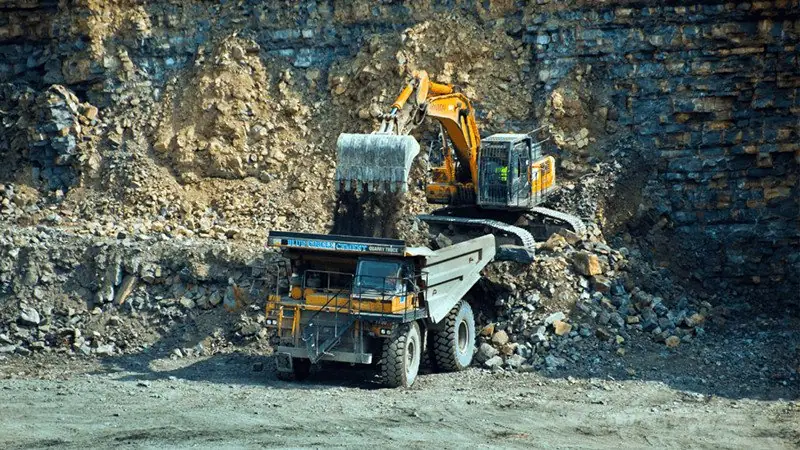
While fouille rocheuseis essential for many industries, it presents a unique set of challenges. These challenges must be carefully considered to ensure that your project is completed on time, within budget and with minimal risk to workers and the environment. Some of the most common challenges in fouille rocheuseinclude geological conditions, safety and equipment selection.
The challenges of fouille rocheuseinclude dealing with complex geological conditions, ensuring safety during operations and selecting the right equipment. Proper planning can help mitigate these challenges.
Geological Conditions: One of the most significant challenges in fouille rocheuseis dealing with unpredictable geological conditions. Harder rock layers, unexpected rock formations and high groundwater levels can all affect the excavation process. Geologists and engineers conduct site assessments to determine the rock type and possible challenges. Once the geology is understood, the right excavation method can be chosen to address these issues effectively.
Sécurité: Safety is always a concern in fouille rocheuse, particularly when using explosives or heavy machinery. Ensuring proper safety protocols, including worker training, protective equipment and hazard assessments, is vital. For instance, blasting requires strict regulations and precautions to prevent accidents. Similarly, working in confined spaces or near large machinery can pose risks to workers if safety procedures are not followed.
Equipment Selection: Choosing the right equipment for the job is critical. Not all excavation machines are suitable for hard rock and using the wrong equipment can lead to inefficiency, delays or even accidents. Excavators, bulldozers and specialized machines like hydraulic hammers and rock breakers all serve different purposes. Understanding the specific needs of your project and selecting the right tools can help you avoid unnecessary costs and ensure smooth operation.
By addressing these challenges head-on and developing a well-thought-out plan, you can successfully navigate the complexities of fouille rocheuse.
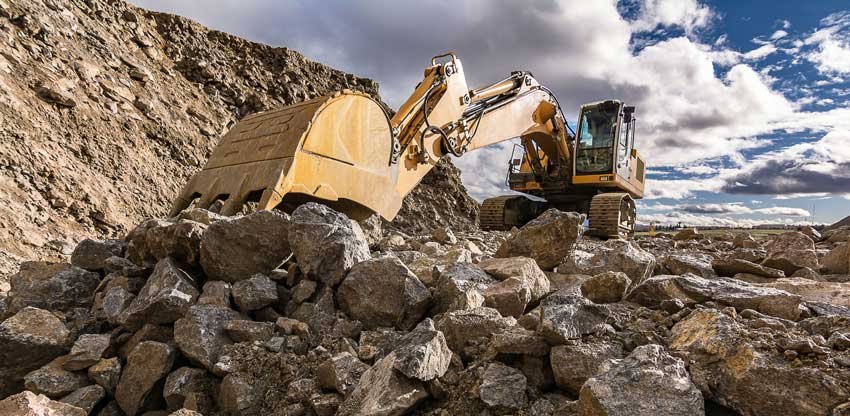
5. Choosing the Right Rock Excavation Method
When planning a fouille rocheuseproject, selecting the right method is crucial for ensuring efficiency and minimizing costs. Several factors influence your choice, including rock type, project scope and available resources. In this section, we will discuss how to make informed decisions about the excavation method that best suits your project.
The choice of fouille rocheusemethod depends on the rock type, project size and time constraints. Analyzing these factors will help you select the most efficient approach.
Rock Hardness: The hardness of the rock is a significant factor in choosing the excavation method. Softer rocks like limestone may require only mechanical excavation, while hard rock excavation may need blasting or hydraulic breaking. It’s important to understand the characteristics of the rock before deciding on an excavation approach.
Project Size: For large-scale projects, such as highways or tunnels, blasting might be the most efficient method. Smaller projects, such as landscaping or foundation preparation, may benefit from mechanical excavation. The project’s overall timeline, budget and scope will heavily influence your decision on excavation technique.
Cost and Time Considerations: Budget and project timeline often play a role in determining the method of fouille rocheuse. Blasting is efficient but can be costly, while mechanical excavation may take longer but be more affordable. Weighing these factors carefully will ensure the best choice for your project.
6. Rock Excavation Équipement
Choosing the right equipment for fouille rocheuseis crucial for efficiency, safety and cost-effectiveness. The equipment varies depending on the excavation method, rock hardness and project scale.
Excavators and Bulldozers: These machines are commonly used for mechanical excavation. Excavators with hydraulic hammers or buckets break and lift rocks efficiently, while bulldozers with specialized blades push and level rock. Often used together, they tackle different excavation aspects.
Rock Breakers: Hydraulic rock breakers, attached to excavators, are used for tough materials like granite and basalt. They are ideal when mechanical excavation cannot handle hard rock or when blasting is not feasible due to safety or environmental concerns.
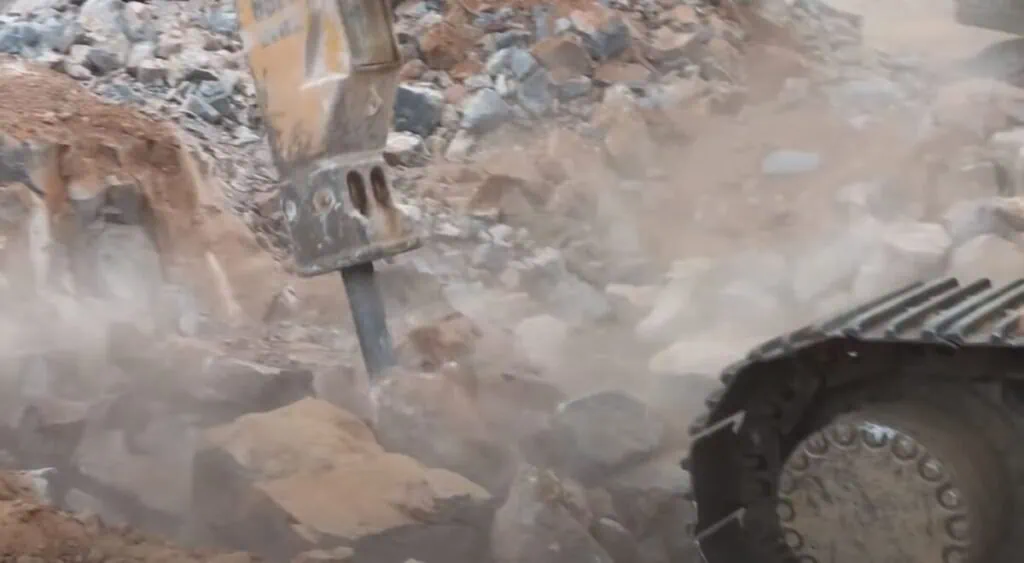
Drilling and Blasting Equipment: For blasting, drilling machines create holes in rock to insert explosives. This precise equipment breaks hard rock into smaller fragments, making removal easier.
Tunneling Machines (TBMs): In tunnel construction, TBMs are used to excavate rock while supporting tunnel walls. These complex machines ensure both excavation and structural stability for underground projects.
Choosing the right equipment for fouille rocheusehelps reduce costs, increase efficiency and minimize risks. It’s important to consider factors like rock type, project scale and complexity when selecting machinery.
7. Safety Measures in Rock Excavation
Sécuritéis a critical aspect of fouille rocheuse, given the inherent risks of using heavy machinery and explosives. Proper safety measures are vital to protect workers, the environment and nearby structures.
Training and Certifications: Workers must be trained to operate equipment safely and efficiently. This includes understanding machinery, excavation techniques and safety procedures. Certification programs for operators and blasting professionals ensure qualified personnel handle the complexities of fouille rocheuse.
Protective Gear: Appropriate protective gear, including helmets, gloves, eye protection and heavy-duty boots, is essential. In blasting operations, additional protective equipment like blast shields and ear protection safeguards workers from flying debris and noise.
Risk Assessments: A thorough risk assessment should be conducted before starting any excavation project. This involves evaluating hazards like rockfalls, cave-ins and exposure to toxic materials. Identifying risks early helps implement necessary safety measures.
Regular Equipment Inspections: Regular inspections and maintenance of excavation equipment ensure safe operation. Checking machinery for wear and tear, hydraulic fluid levels and functionality helps prevent malfunctions during the excavation process.
By following these safety practices, you can minimize risks and ensure fouille rocheuseprojects are executed in a safe, controlled environment.
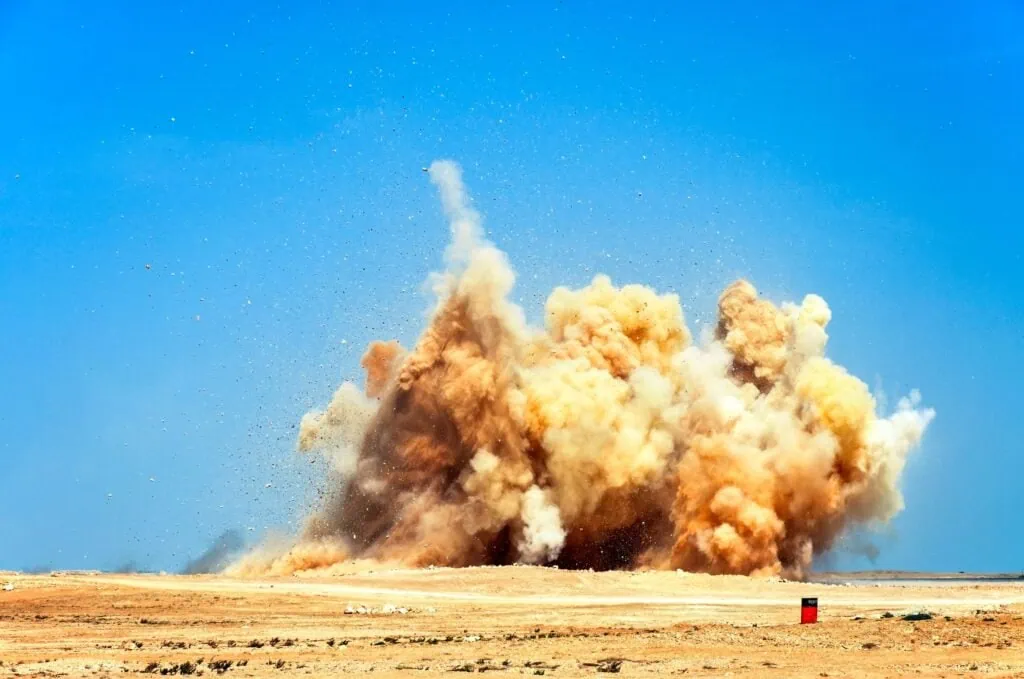
8. Environmental Considerations in Rock Excavation
While fouille rocheuseis necessary for many industries, it is also essential to consider its environmental impact. Excavation activities can cause soil erosion, habitat disruption and pollution if not managed properly. In this section, we will examine the environmental considerations that must be addressed during fouille rocheuse.
Rock excavationcan have environmental impacts such as habitat disruption and pollution. Implementing sustainable practices minimizes these effects and supports responsible resource extraction.
Erosion Control: Excavation projects often disturb the natural landscape, increasing the risk of soil erosion. To mitigate this, erosion control measures such as silt fences, sediment ponds and vegetation planting should be implemented to prevent soil runoff and protect surrounding ecosystems.
Noise and Dust Pollution: The noise from heavy machinery and the dust generated during excavation can negatively impact nearby communities and wildlife. To minimize these effects, noise barriers, dust suppression techniques and proper scheduling of noisy operations can help reduce disturbances.
Waste Management: Excavation projects produce large amounts of rock waste, which must be managed responsibly. Reusing or recycling rock materials can reduce the environmental footprint of fouille rocheuse. Additionally, ensuring that waste is disposed of properly helps prevent contamination of nearby water sources and soil.
Wildlife Protection: Excavation activities can disrupt local wildlife habitats. When planning a fouille rocheuseproject, it’s important to assess the potential impact on wildlife and implement measures to protect endangered species and sensitive ecosystems. This may include creating wildlife corridors or temporarily relocating animals in affected areas.
By considering the environmental impacts of fouille rocheuse, you can help ensure that projects are completed in a sustainable and responsible manner.
9. Cost Factors in Rock Excavation

Understanding the costs involved in fouille rocheuseis crucial for budgeting and project planning. The cost of excavation depends on various factors, including the method used, rock type, project size and labor requirements. In this section, we will explore the main cost factors associated with fouille rocheuse.
The cost of fouille rocheusedepends on rock type, excavation method, equipment and labor. Proper budgeting ensures that projects stay on track financially.
Excavation Method: The choice of excavation method plays a significant role in the overall cost. Blasting tends to be more expensive due to the need for explosives, drilling equipment and skilled professionals. Mechanical excavation, on the other hand, may be less expensive but can take longer for hard rock types. Understanding the pros and cons of each method will help you make the most cost-effective choice for your project.
Equipment Costs: The cost of equipment can also vary depending on the method and scale of excavation. Large-scale projects that require specialized machinery like tunnel boring machines or hydraulic rock breakers will incur higher equipment costs. Renting equipment may help reduce upfront expenses, but it’s important to consider long-term costs for large projects.
Labor Costs: Labor costs in fouille rocheuseinclude the wages of workers operating machinery, drilling and blasting professionals and safety officers. Labor costs will depend on the project’s location, complexity and the number of workers needed. In some regions, skilled labor may be in short supply, driving up costs.
Material Disposal and Waste Management: Managing waste and disposing of excavation materials also comes at a cost. Transporting rock debris to recycling or disposal sites can add to the overall expenses of the project. However, reusing excavated materials for other construction purposes can help reduce waste management costs.
By considering these factors, you can estimate the total cost of your fouille rocheuseproject and make informed financial decisions.

Conclusion
Rock excavationis a complex process that plays a vital role in construction, mining and infrastructure projects. Whether you’re breaking through tough granite or preparing a foundation for a building, understanding the different methods, equipment, safety measures and cost factors involved is essential for the success of any excavation project. By choosing the right techniques and equipment, considering environmental impacts and adhering to safety protocols, you can ensure that your fouille rocheuseproject is completed efficiently, safely and within budget. We are leading supplier of used construction machinery in China, if any needs, please Contact avec nous.

